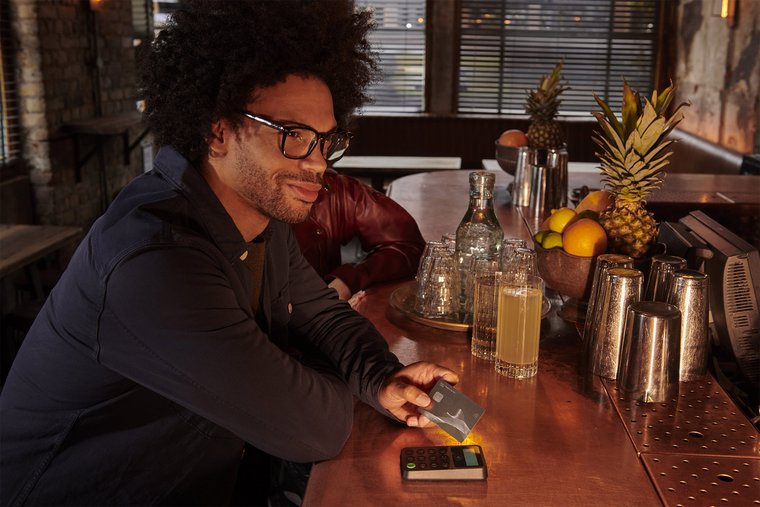The above brands are just a handful of those that have carved out a strong brand identity that reflects and represents the people buying their products and offers their target group added value. It’s a two-way relationship that demonstrates these brands’ deep understanding of their customers.
Banks and fintechs, too, have realized that a lifestyle-first approach can be used to grasp customers who are otherwise hard to reach. Apple’s titanium credit card is more of a lifestyle product than a bank card, for example, and banks have realized the need to adapt and react. As a result, many are now using celebrities, influencers, and glossy campaigns to lure in prospective customers.
Fintech giant Klarna has partnered with the likes of hip-hop star Snoop Dogg and rapper A$AP Rocky to launch campaigns and drive brand awareness. In a June 2021 YouTube video that has garnered almost 5 million views, A$AP Rocky wanders the streets of New York City in his lockdown slacks, before using the Klarna app to buy clothes to reclaim his pre-lockdown look. It’s a timely, culturally relevant video that helped Klarna go viral.




